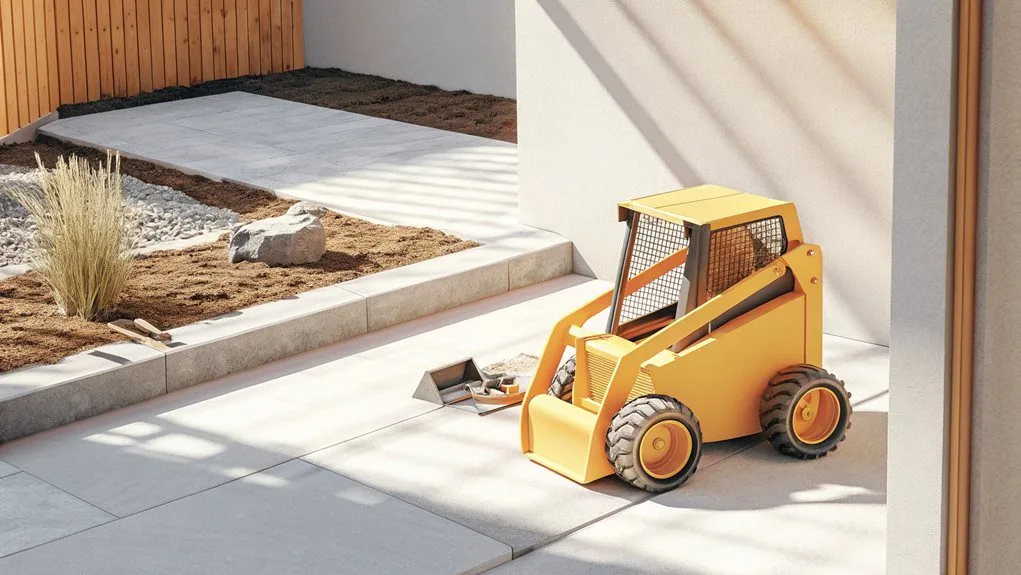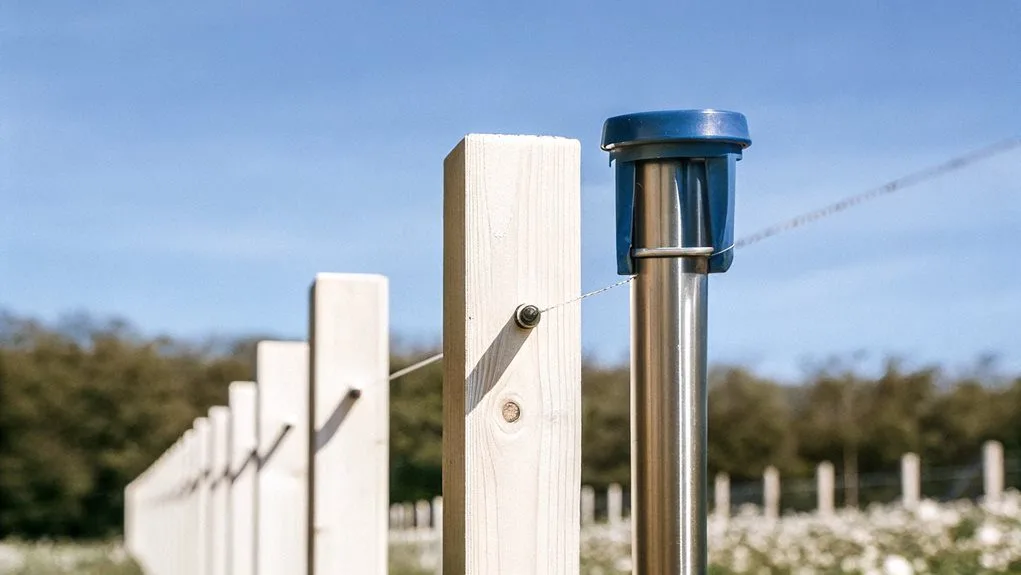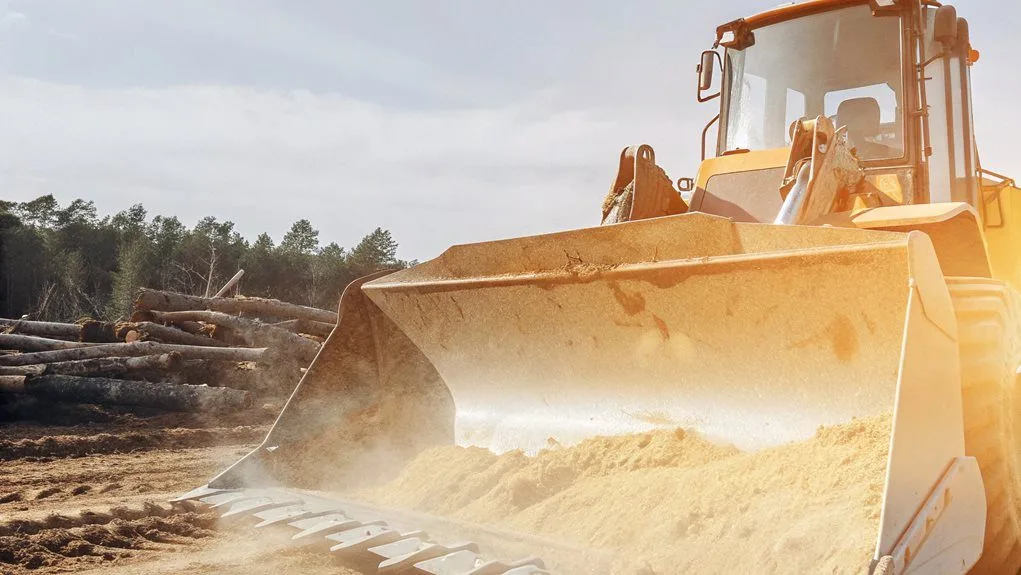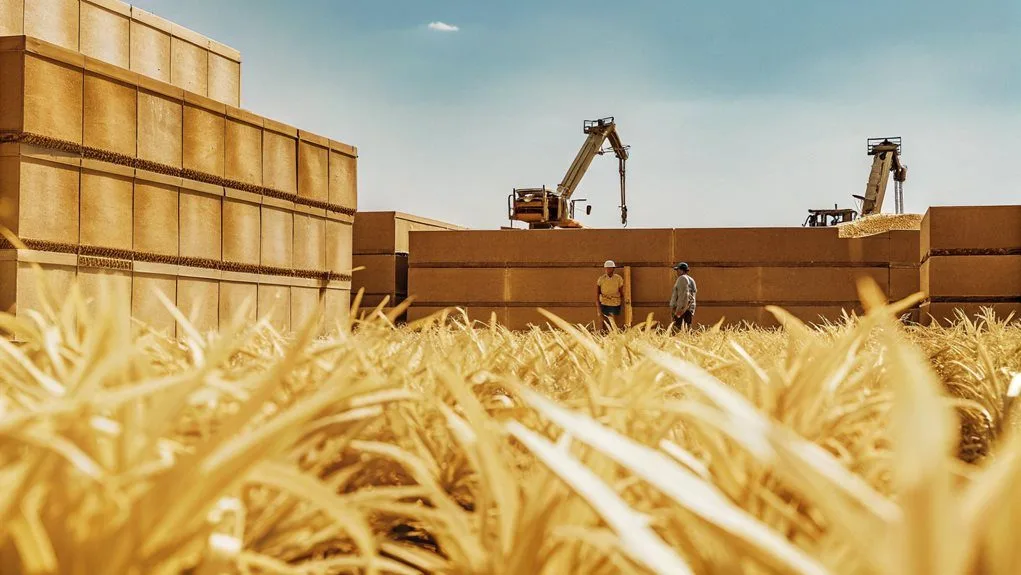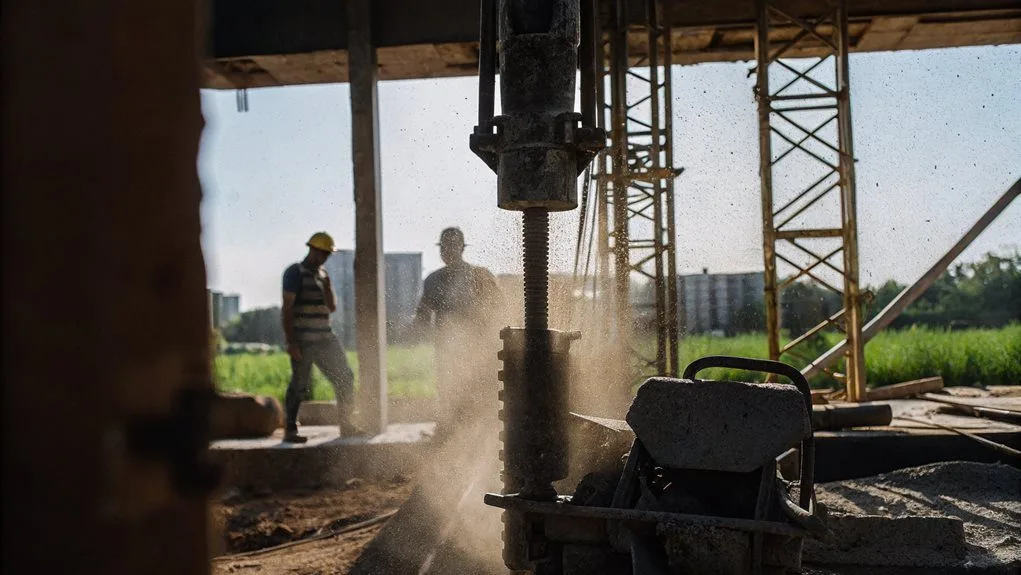When a mobile crane grinds to a halt, the ripple effects can be felt across the entire construction project, throwing timelines into disarray and inflating costs unexpectedly. You're likely here because you're facing such a predicament or you're keen on preempting it. Understanding the intricacies of mobile crane breakdowns is not just about getting machinery back in action; it's about restoring the rhythm of productivity and safeguarding your project's bottom line.
Navigating these waters requires not just technical know-how but a strategic approach to recovery, something this guide is designed to offer.
With years of experience distilled into actionable steps, this guide is tailored for operators, supervisors, and project managers who face the daunting task of getting towering cranes back to life. By delving into common pain points such as diagnosis, coordination challenges, and the urgency of repairs, the guide speaks directly to the heart of the matter in language that resonates with the hands-on realities of construction work.
In doing so, it not only acknowledges the complexity of your situation but also sets the stage for a recovery process that is both efficient and effective. As we move forward, rest assured that the insights provided here will equip you with the knowledge and strategies needed to tackle mobile crane breakdowns head-on, encouraging you to read on for a comprehensive recovery blueprint.
Key Takeaways
- Conduct thorough assessment and preparation to determine the cause and extent of the crane breakdown.
- Secure and transport the crane safely, following manufacturer guidelines and coordinating with a qualified transport company.
- Follow proper repair and testing procedures, ensuring the crane meets safety standards and addressing any underlying issues.
- Prioritize safety measures and compliance, securing the area, using PPE, and documenting all maintenance and repairs for future reference.
Assessing the Breakdown Situation
To effectively address a breakdown situation in a mobile crane, it is crucial to assess the type and extent of the issue, identifying the cause and evaluating the location and potential obstacles, while considering time constraints and operational requirements. This initial step involves conducting a root cause analysis to determine the underlying reason for the breakdown. By understanding the root cause, it becomes possible to develop an appropriate recovery strategy that not only addresses the immediate issue but also prevents future occurrences.
During the assessment, the type and extent of the breakdown must be thoroughly evaluated. This includes examining the specific components or systems that have malfunctioned and determining the severity of the damage. By accurately assessing the breakdown, the recovery team can allocate the necessary resources and plan accordingly.
In addition to understanding the breakdown itself, it is essential to identify the cause. This could be attributed to mechanical failure, operator error, or other external factors. By pinpointing the cause, the recovery team can address the root issue and implement appropriate corrective actions.
Furthermore, evaluating the location of the breakdown and any potential obstacles is crucial. This includes considering factors such as limited access, environmental conditions, and safety hazards. By evaluating these aspects, the recovery team can develop a recovery strategy that takes into account the unique challenges posed by the location.
Lastly, time constraints and operational requirements must be considered when assessing the breakdown situation. This involves understanding the urgency of the recovery and ensuring that the recovery strategy aligns with the operational needs of the project.
Mobilizing the Recovery Team
The mobilization of the recovery team involves promptly assembling a skilled group of personnel experienced in crane breakdown recovery. Time is of the essence in mobilizing the team to minimize downtime and potential safety risks during the recovery process. The team should include qualified operators, technicians, and safety personnel to ensure a comprehensive and efficient response. Coordination and communication among team members are crucial for a smooth and successful recovery operation. Having a well-prepared and organized team can significantly impact the speed and effectiveness of the crane breakdown recovery process.
To engage the audience, let's incorporate a table that outlines the training requirements and safety protocols for the recovery team:
| Role | Training Requirements | Safety Protocols |
|---|---|---|
| Operators | Certified crane operators | Adhere to safety guidelines and procedures |
| Technicians | Extensive knowledge of crane mechanics | Use personal protective equipment (PPE) |
| Safety Personnel | Current safety certifications | Conduct regular safety inspections |
| Communication | Effective communication and coordination skills | Establish clear communication channels |
Securing the Crane for Transportation
Securing the crane for transportation involves retracting the outriggers and lowering the boom to its transport position, while utilizing appropriate rigging equipment to ensure stability. To successfully secure the crane, follow these steps:
- Retract the outriggers:
Begin by retracting the outriggers to their stowed position. This will reduce the crane's width, making it easier to transport and maneuver.
- Lower the boom:
Carefully lower the boom to its transport position. Ensure that it is securely fastened and locked in place to prevent any movement during transportation.
- Utilize rigging techniques:
Use appropriate rigging equipment, such as chains, straps, and slings, to secure the crane and prevent any potential shifting while in transit. Follow manufacturer guidelines for proper rigging techniques to ensure maximum stability.
- Engage safety devices:
Before transporting the crane, check and confirm that all safety devices, such as outrigger locks, boom locks, and hydraulic locks, are engaged and functioning properly. This will provide an additional layer of security during transportation.
Transporting the Crane to the Workshop
When preparing to transport the crane to the workshop, it is crucial to ensure that the crane is securely loaded onto a suitable transport vehicle for safe transportation. The loading process should be carried out with precision and attention to safety measures. Appropriate securing devices such as straps and chains should be used to prevent the crane from shifting during transit.
In addition to the loading process, careful route planning is essential for transporting the crane to the workshop. It is important to consider transport regulations and obtain any necessary permits for moving oversized equipment like cranes. Compliance with these regulations is crucial to avoid any legal issues during transportation.
When planning the route, it is vital to take into account any obstacles that may hinder the transportation process. This includes low bridges, narrow roads, and any other potential challenges. By carefully planning the route, the crane can be transported efficiently and without any unnecessary delays.
To ensure a smooth and efficient transfer of the crane to the workshop, it is advisable to coordinate with a qualified transport company experienced in moving heavy machinery. Their expertise in handling such equipment will help ensure the safe and timely arrival of the crane at the workshop.
Repairing and Testing the Crane
To ensure the optimal functionality and safety of the repaired mobile crane, a comprehensive inspection and testing process must be carried out. This step is crucial to guarantee that all components are functioning properly and that the crane meets the necessary safety standards.
Here are four important steps to follow during the repair and testing process:
- Thorough Inspection: After repairing the crane, it is essential to conduct a thorough inspection of all components. This includes checking the hydraulic systems, electrical components, and safety features to ensure they are in proper working order.
- Gradual Load Testing: Test the crane by lifting and moving light loads first, gradually increasing the weight to its full capacity. This helps to identify any potential issues and ensures the crane can handle the intended workload.
- Conduct Load Tests: Once the repairs are complete, it is important to conduct load tests to verify the crane's stability and safety. These tests help to ensure that the crane can handle the expected loads without any structural issues.
- Documentation: Document all repair and testing processes for future reference and compliance with safety regulations. This documentation provides a record of the repairs and tests performed, which can be useful for maintenance purposes and ensuring compliance with safety standards.
Let’s Get to Work!
When it’s time to get things done, you want speed, safety, and support. With Bendet’s Plant Hire, Tool Hire, Earthmoving Services, Forestry Services, and Breakdown & Towing Services, you’re ready for anything.
Don’t forget—on the open road, you can always rely on Africa Tyres and Piet Retief Truck Stop to keep your journey smooth. Pick your service, hit the link, and let’s get building together!

